Discover 10 hidden attractions, cool sights, and unusual things to do in Altrincham (United Kingdom). Don't miss out on these must-see attractions: Altrincham Market, St George's Church, and Hale Barns. Also, be sure to include Bowdon Parish in your itinerary.
Below, you can find the list of the most amazing places you should visit in Altrincham (England).
Table of Contents
Altrincham Market

City or town hall in Altrincham, England. Altrincham Town Hall is a municipal building in Market Street, Altrincham, Greater Manchester, England. The town hall was the headquarters of Altrincham Borough Council.[1]
Address: Market St, Greenwood St and Central Way, Altrincham (Trafford)
St George's Church

Building in Altrincham, England. St George's Church is in the town of Altrincham, Greater Manchester, England. The church is recorded in the National Heritage List for England as a designated Grade II listed building. It is an active Anglican parish church in the diocese of Chester, the archdeaconry of Macclesfield and the deanery of Bowdon.[2]
Hale Barns
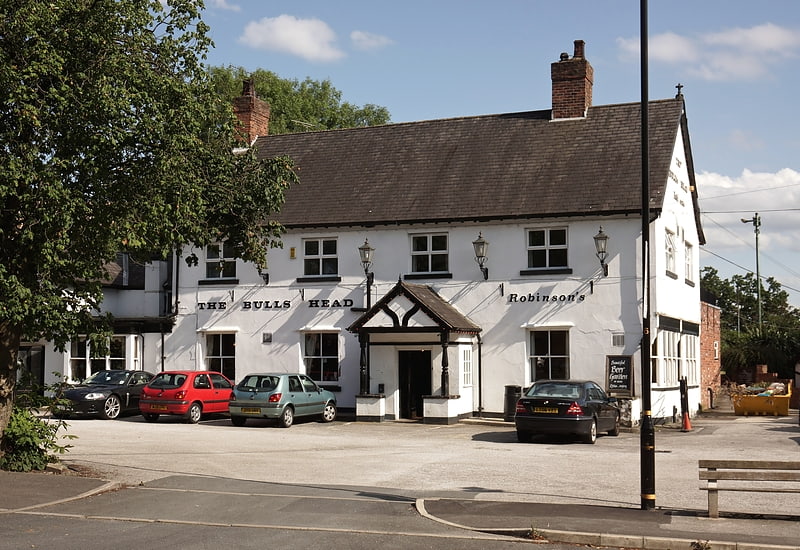
Village in England. Hale Barns is a village near Altrincham in Greater Manchester, England, 7 miles south-west of Manchester city centre, 2 miles west of Manchester Airport and close to the River Bollin. At the 2011 census, the village had a population of 9,736.
Medieval Hale Barns was an outlying area of the township of Hale, but a growth in prosperity led to it becoming a separate settlement. The village gets its name from the tithe barn that used to stand there. Before the industrial revolution, Hale Barns was an agricultural village, but since then evolved into a commuter settlement. St Ambrose College Roman Catholic boys' grammar school is in Hale Barns and the village is also home to Ringway golf club. Cotteril Clough in Hale Barns is an ancient and diverse woodland and a Site of Special Scientific Interest. Hale Barns, along with neighbouring Hale and Bowdon, is one of the wealthiest areas in the United Kingdom outside London.[3]
Bowdon Parish
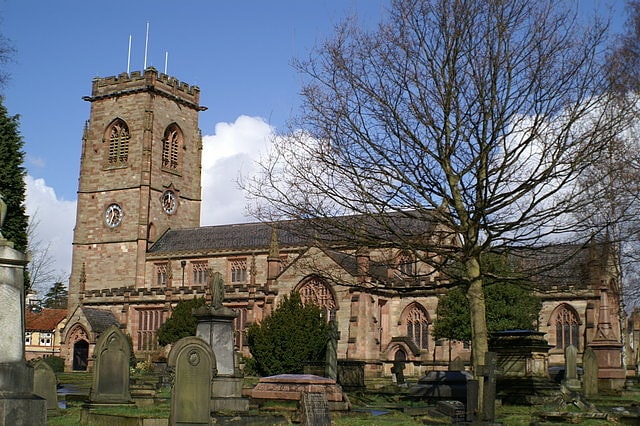
Building in Bowdon, England. The Church of St Mary the Virgin is in the village of Bowdon near Altrincham, Greater Manchester, England. It is recorded in the National Heritage List for England as a designated Grade II* listed building. It is an active Anglican parish church in the diocese of Chester, the archdeaconry of Macclesfield and the deanery of Bowdon.[4]
Address: Stamford Rd, WA14 2TP Altrincham (Trafford)
Bowdon
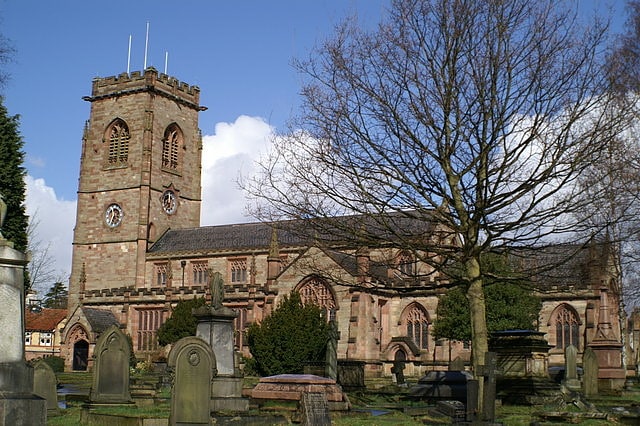
Village in England. Bowdon is a suburb and electoral ward in the Metropolitan Borough of Trafford, Greater Manchester, England.[5]
Brook Lane Garden Nursery
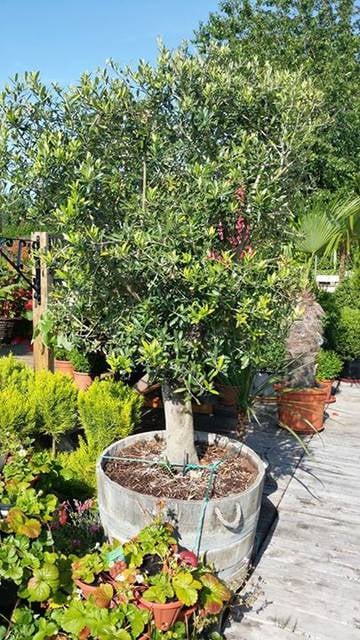
Bridge
Address: 30A Brook Lane, Altrincham (Trafford)
Hale
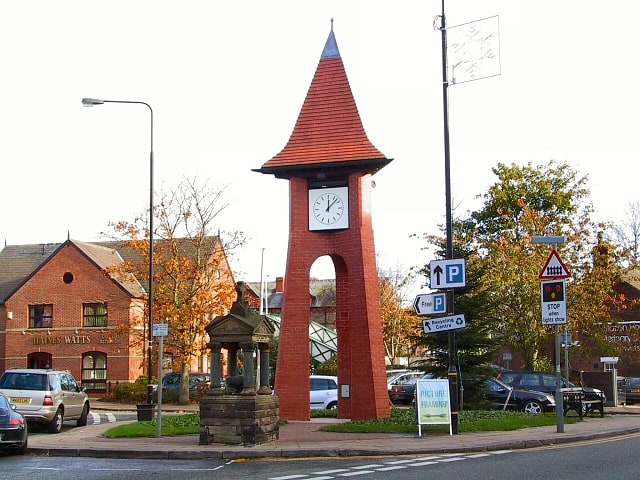
Village in England. Hale is a suburb and electoral ward within the Metropolitan Borough of Trafford, in Greater Manchester, England. The population of the village taken at the 2011 Census was 15,315. It is contiguous with the southeast of Altrincham, about 9 mi southwest of the city of Manchester.
Located within the boundaries of the historic county of Cheshire, the earliest documented reference to Hale is in the Domesday Book of 1086, although the name of the settlement is probably as old as 7th or 8th century. The area was mostly agricultural. Hale grew in the Middle Ages to the point when Hale Barns was established as a separate settlement. Hale was formerly in Cheshire.
Hale, Bowdon and Hale Barns together are regarded as the wealthiest areas in Greater Manchester and outside of London, and similarly wealthy to Cheshire Golden Triangle towns Wilmslow, Alderley Edge and Prestbury. These towns and the area between them contain some of the most expensive properties in the United Kingdom outside London.[6]
Halecroft
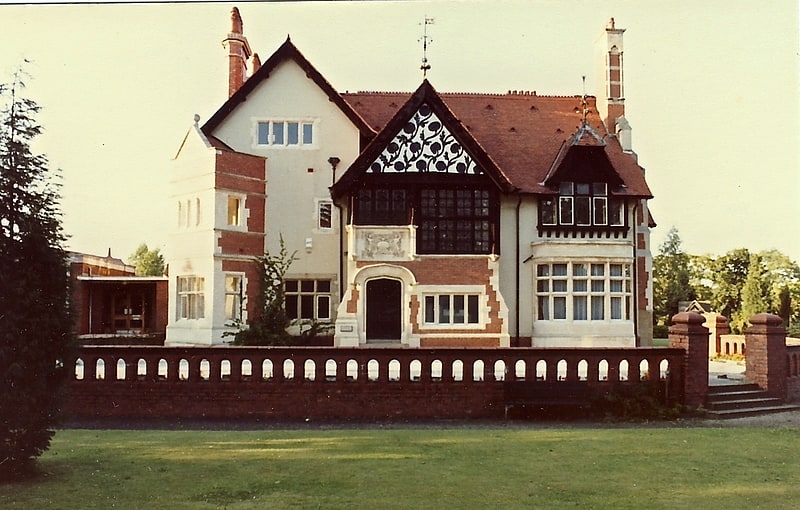
Halecroft is a Grade II* listed building in Hale, Greater Manchester. The building was designed by architect Edgar Wood and was built in 1890; it is an example of Wood's work influenced by the Arts and Crafts Movement. It is one of 11 Grade II* listed buildings in Trafford. Halecroft is two storeys high with a one-storey 20th century extension.[7]
Royd House
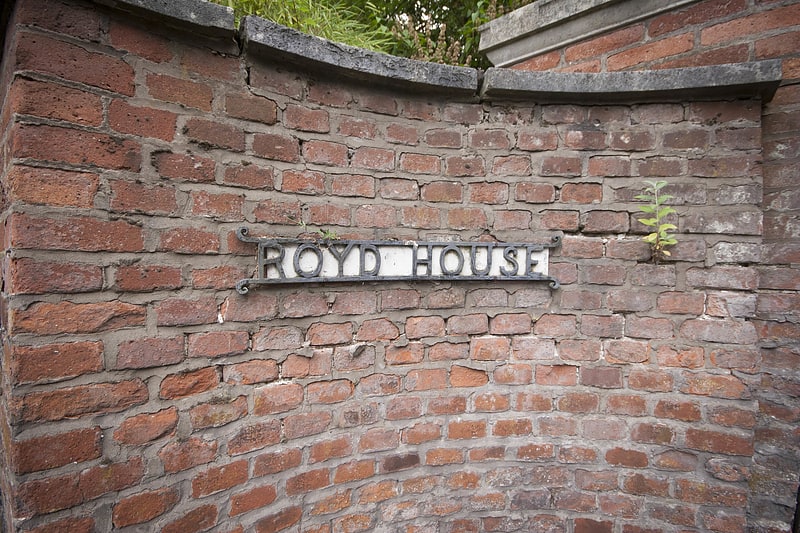
Building in Hale, England. Royd House is a Grade I listed building in Hale, Greater Manchester. It was designed by architect Edgar Wood as his own home and was built between 1914 and 1916. The building is regarded as one of the most advanced examples of early twentieth century domestic architecture. It is one of six Grade I listed buildings in Trafford.
Royd House is a 2-storey, y-shaped building with a concrete roof. It has a concave façade and is faced in Portland red stone and Lancashire brick.[8]
Ashley Hall
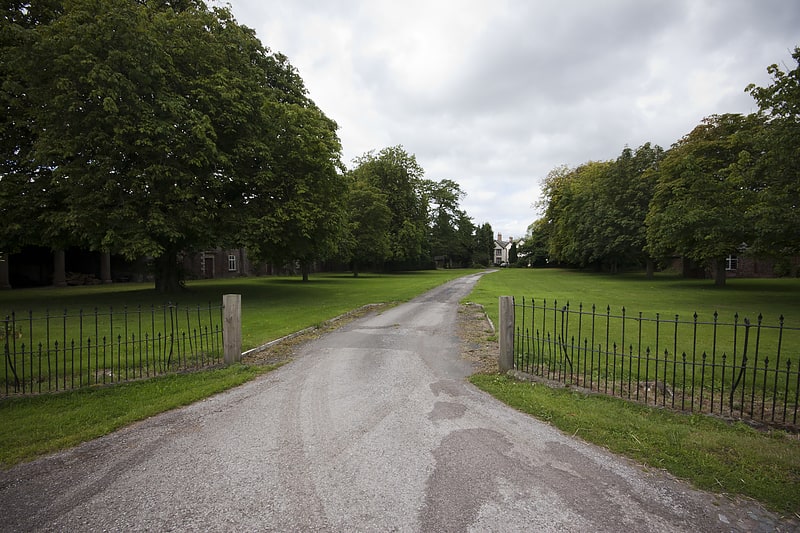
Ashley Hall is a country house standing to the north of the village of Ashley, Cheshire, England. It dates from the late 16th to the early 17th century, with additions made in the 18th and 19th centuries. The house is historically important because it was here that the Cheshire gentlemen met in 1715 to decide whether to support the Stuarts or the Hanoverians. They decided on the latter and later commissioned a set of portraits, which now hang in Tatton Hall. The house is recorded in the National Heritage List for England as a designated Grade II listed building. Also listed at Grade II are the gate piers to the forecourt of the building, a carriage house in the forecourt, the kitchen garden wall, and the stable block. For the 2019 biopic Tolkien, 15 acres of the Tatton Estate were used to recreate the trenches of the First World War.[9]